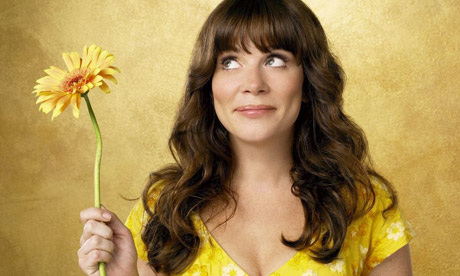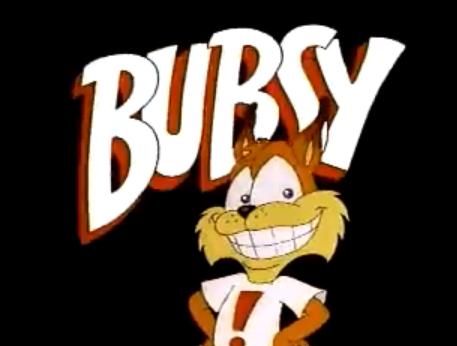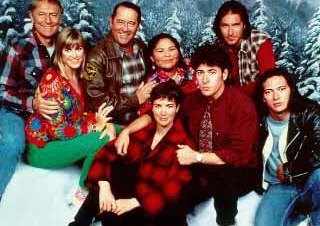 |
| Jerry Lewis in 'The Day the Clown Cried' (1972; src: notrecinema.com) |
It was the 1970’s. One-time A-lister Jerry Lewis was working in various capacities in Hollywood but really wanted to leave his mark, and the tone and style of film was changing rapidly, more or less leaving him behind. Screenwriters Joan O’Brien and Charles Denton finished their script for the Day the Clown Cried and Lewis was approached to play the lead. He was apprehensive to say the least. Mostly known for screwball humor, Lewis feared he just wasn’t the right person for this sort of role. Yet, ultimately, he came to the conclusion that it is an opportunity to star in something truly meaningful, and took up the reins as the lead character, the doomed clown named “Karl Schmidt”.
The film’s story is pretty straightforward. Set during the start of the Holocaust, a clown who was once a top performer at a major circus falls hard after a career slump. One day after being arrested by the Gestapo for mocking Hitler, he finds himself in a work camp. At the lowest point in his life, during a chance encounter with some child prisoners, he realizes that he may still be able to at least bring joy to these young kids. Performing the best he can, the broken man is heartened by the reactions of his young audience. However, the Nazi leaders at the camp are not too thrilled by his bringing of joy and force him to be separated. Ultimately, after he continues to defy their orders, he is commanded by pain of death to rally and escort the children to a train headed to the notorious death camp Auschwitz, but after a mistake finds he, himself, trapped in one of the cars, he is forced to accept fate. Ultimately he is tasked with leading the children into the “showers”, and the film ends with him entertaining the children one last time before fading out. Their fate was sealed.
Doesn’t that sound like fun?! No. This was the reaction of just about everyone who saw the film during its limited screenings in 1972. The film was described in the nicest terms as “misguided” and “confused” and at worst “a catastrophe”. The question is, what really happened? Well, Lewis himself had always been rather secretive about the project, but other sources indicate that during filming and post, he took over as director and began making a plethora of changes to the script to make the lead character more sympathetic. The clown was meant to have a redemption arc, but instead he was written as a man who was simply broken and needed that last moment of inspiration to feel redeemed, as opposed to being a complete dirtbag at the start. On top of that, Lewis attempted to inject more of his personality into the character. He renamed the protagonist to Helmut Doork and added several moments of schtick to the screenplay. The days leading up the film’s initial screenings led Lewis to believe he was making something important, and his notorious arrogance shined through, not only during the production but during the pitches and press bytes. The movie showed, and his time as a leading man was marked as “over”. Sure, Lewis continued performing, but this movie was a demarcation point in his career. To this day, with all of his legacy aside, The Day the Clown Cried is the single piece of ephemera that has boundlessly captivated film historians, students and fans.
Becoming something of a legend these days, The Day the Clown Cried has been the subject of discussions in terms of remakes, documentaries and just plain fascination in Hollywood for over twenty years. A number of performers, including Robin Williams, have been considered for a remake, adapting the film’s original screenplay, but nothing ever came about. This movie has such a legendary stigma to it that it has become somewhat untouchable, while at the same time remaining a holy grail among cinema fanatics. It’s very, very difficult to find footage of the movie and very few people have actually seen it in its entirety, in its original cut. Every few years or so, footage of the film will leak onto the Internet but will often be removed. This is largely due to the fact that the only official print of the movie is in Lewis’ own possession, as he continues to demand the film never be released or seen by anyone. It has also been tied up in litigation for decades, with various involved parties fighting over control of the finished product, but the stalwart Lewis has never stopped fighting to prevent it from coming to light.
By all accounts, the lore and history behind the Day the Clown Cried is far more captivating than the film itself. I’ve only seen glimpses of the finished product, getting the rest of my knowledge of the plot from various sources online. From what I saw, it’s a dreary and honestly kind of ugly film visually, with very low-lighting and lots of walls and backdrops that are dirty or aged. The scenes I’ve seen that are a little brighter looking are overshadowed by the film’s tone. It doesn’t help going in knowing what the movie is actually about. All of the fluff at the start seems that much more meaningless.
I have always wondered what the ultimate intention was for The Day the Clown Cried. I am of the mind that any story can be told, and any story told well, no matter what the subject, can be appreciated. However, from all I’ve heard, this is one big hot mess. Any time footage leaks onto the Internet, there is a brief period of buzz followed by a sudden silence. Almost as though everyone who was ever excited about seeing it actually really regrets their decision afterward.


















